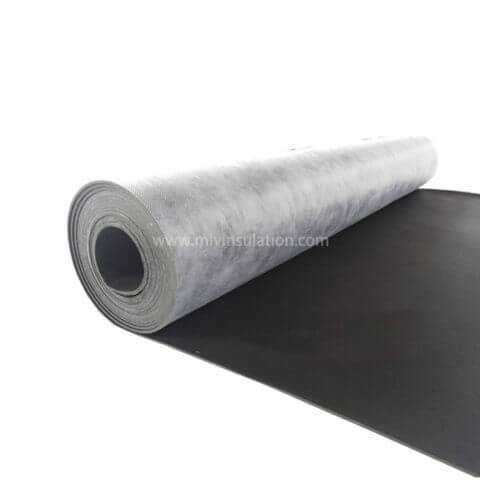Sound Insulation Roll | Sound Proof Insulation Rolls
Sound Insulation Roll
We have two kinds of sound proof insulation rolls that can be used on soundproof mat, one is acoustic underlay and the other is mass loaded vinyl(MLV). Acoustic underlay is only for floor, while MLV is insulation for walls, ceiling and floors.
As any apartment resident can attest, noise is usually a contentious issue in multi-unit houses. When the owner wants to install hardwood floors or laminate floors, the layering regulations usually require the use of flexible insulation roll underlayment with acoustic properties to reduce the transmission of sound to the units below. Below are some frequently asked questions about the required sound insulation rolls.
Which sound insulation roll should I buy for use in the building?
Each floor has different rules for the allowed floor and ground floor in the building. Some of these insulation rolls for walls may need to be approved by the council before installation. Before buying a floor, please check your ground. If your class requires approval before installation, the flooring provider can provide you with product specifications and documented test results for the class committee.
Sound Insulation Roll – Acoustic Underlay Specifications
Size: 1x10m
Color: mixed color
Thickness: 3mm-20mm

Sound Insulation Roll – MLV Specifications
Size: 1x5m, 1x10m
Color: Black
Thickness: 3mm, 2mm, 1.2mm
Can the cheap insulation rolls reduce all the noise of my neighbor below?
Can’t. Sound reducing mat is more of a flexible insulation roll than MLV. MLV sound insulation rolls with good IIC and STC ratings will reduce noise transmission, but will not eliminate all noise. The effectiveness of the lining depends on your lifestyle and the structure of the building. If your lifestyle is noisy, your neighbors will be more likely to hear you. Active children, walking in heavy shoes or high heels, and falling objects may generate noise that cannot be completely eliminated by any sound insulation pad.
The test setup of the ground floor laboratory may be different from the structure of the building’s ground floor and ceiling. Most sound proof insulation rolls are tested on concrete slabs. When the thickness of the concrete floor increases or suspended ceiling appears in the unit below, the IIC and STC ratings will increase. Ask the flooring supplier for the test results to specify the floor and ceiling components used during laboratory testing.
For buildings with wood frames and plywood substrates, the grade will be reduced because these MLV insulation rolls for walls are not good for preventing sound transmission. If you do not have a concrete subfloor or soundproof concrete top floor between floors, it is strongly recommended that you consider using acoustic underlay. Your neighbor downstairs will thank you.




